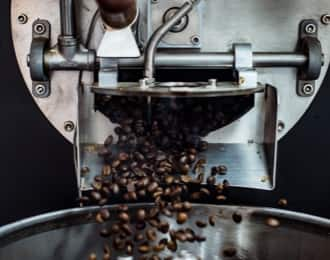Before the roasting process was discovered, coffee seeds were used together with animal fat in an early version of an energy bar to be taken to stay awake. In Italy, coffee roasting was originally a local activity but soon grew into small, medium and industrial-scale enterprises operating on an international level.
Institutions like the
Specialty Coffee Association (SCA), helped the roasting world to evolve rapidly: for over twenty years, the Association has worked to raise standards worldwide. Within the rapidly developing specialty world, specialty baristas have almost become coffee sommeliers, experts in the extraction of drinks without any sensorial defects in the cup. As they became increasingly demanding, when they couldn’t find what they were looking for in the traditional coffee market, they started to roast the coffee themselves. This has led to a growing number of micro-roasters across Europe who produce and sell fresh quality coffee.



